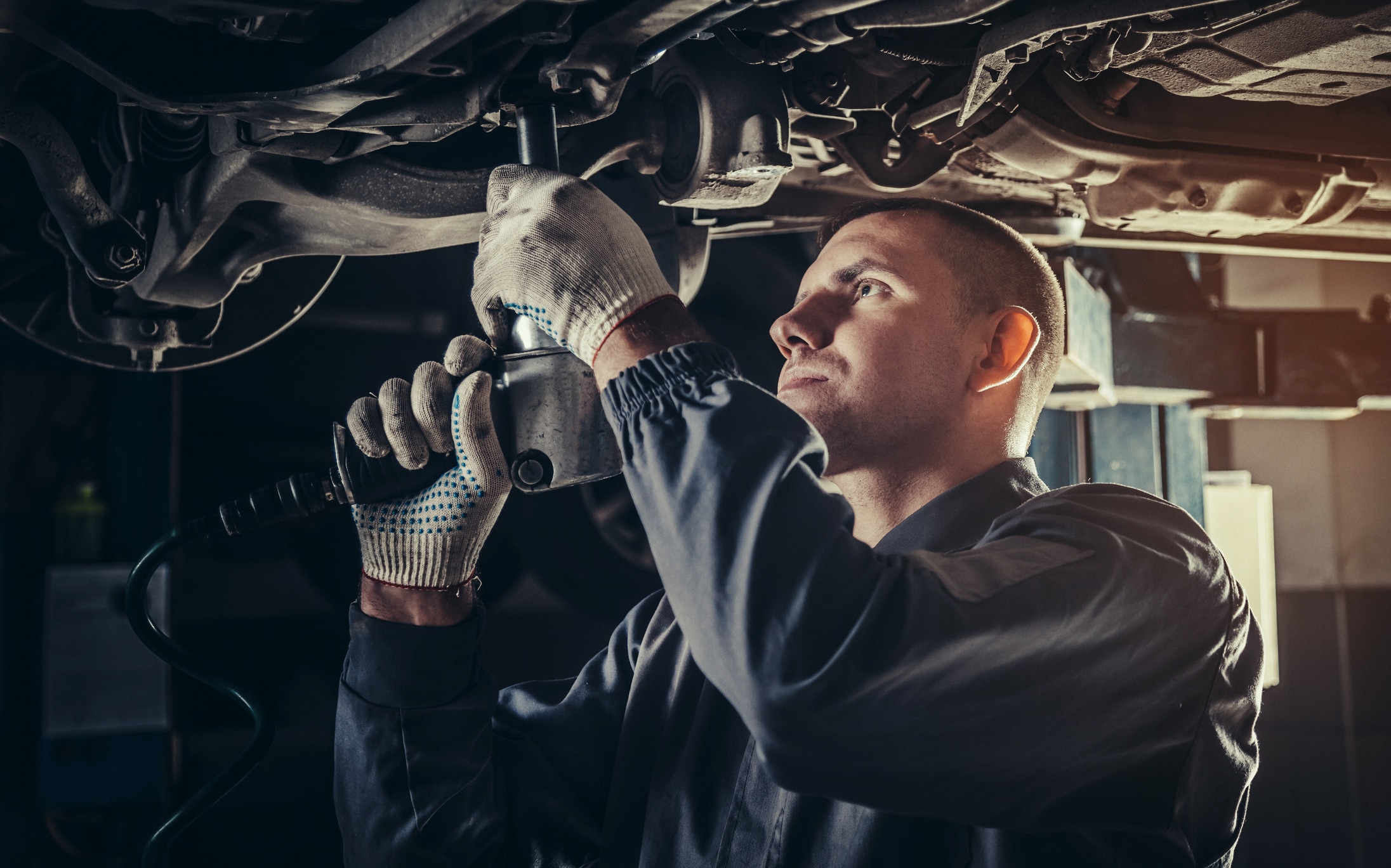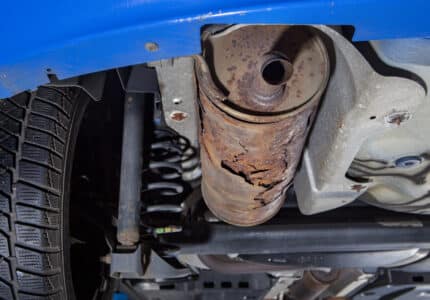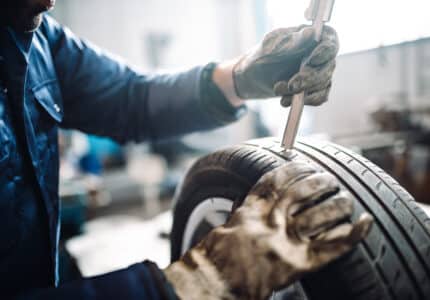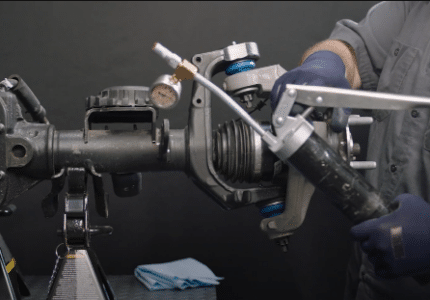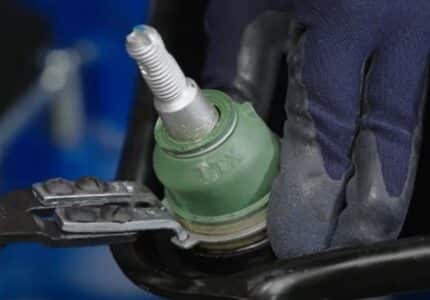Handling Issues? Check the 3 Potential Causes of Steering Knuckle Failure
When your vehicle’s handling feels off, it’s easy to suspect the usual culprits like ball joints, bushings, tie rods and control arms. But a damaged steering knuckle may be to blame. Steering knuckles are located behind the front wheels, providing a connection between the wheels, tie rods and suspension system. Knuckles can cause many handling problems when damaged. For example, your vehicle could begin to pull to one side, squeal when turning, and/or the steering wheel could shake or fail to return to center when driving straight.
Ball joints and bushings connected to the steering knuckle have many potential failure opportunities, so the steering knuckle is sometimes overlooked when investigating the source of handling issues. But how does a steering knuckle get damaged in the first place? When it comes to knuckle failure, there are 3 potential causes to look for.
3 Potential Causes of Steering Knuckle Failure
- Warping damage:
Hitting a curb or pothole can damage chassis components forced to twist and react to the impact. Even a small degree of warping in the knuckle can throw off your vehicle’s alignment and could result in premature failure of other suspension components. - Deformed or damaged attachment points for bushings:
In older vehicles with sagging suspensions, bolts can become seized to the inner sleeve of the bushing. Removal of these bolts by drilling, grinding or torching can damage the bushing housing in the knuckle. If the damage is severe, the new replacement bushing may spin in the knuckle. - Road debris damage:
Chassis parts are constantly being exposed to water, dirt and corrosive materials from the road. These can cause damage to the mating surfaces of the knuckle. Components that are designed to fit tightly within these surfaces, such as ball joints and tie rods, could experience movement or play that leads to premature part failure.
Why Knuckle Replacement Is Important to Ball Joint Performance
Failure to replace a worn knuckle could compromise the performance of the ball joint and potentially become a major chassis failure issue. So it’s recommended that you carefully inspect the condition of the knuckle when replacing the ball joint or control arm. If the ball pin hole in the knuckle shows signs of excessive wear, corrosion or distortion, the knuckle should be replaced. Also check for signs of wear on the taper of the ball pin, which could also indicate a worn knuckle that needs replacement. When replacing the knuckle, no gap should be visible between the ball pin and the knuckle when installed and torqued to the manufacturer’s recommended fastener torque specification.
Replacing the Bushings vs. Replacing the Knuckle
If worn bushings are the problem, some might consider replacing the bushings as the more economical choice. Given the awkward installation angles of some bushings which are difficult to navigate around the press, this could rack up five or more hours in labor costs. If the knuckle’s mating surfaces haven’t been thoroughly cleaned with a wire brush, the bushings may not fit tightly within the knuckle. If any gap exists between the parts, it can result in accelerated failure of the surrounding components. Considering the time it takes to remove and replace the bushings and clean the knuckle, combined with the potential to damage the knuckle in the process, we recommend that you replace the entire knuckle.
Giving Technician’s the Edge
We have a series of replacement knuckles preloaded with bushings for high-demand imports that have a lot of miles left on them. Even if you’ve determined that the knuckle itself is in satisfactory working condition but requires a replacement bushing, you might want to consider replacing the entire knuckle. This is particularly true if the customer plans on keeping their vehicle for the longer term.
